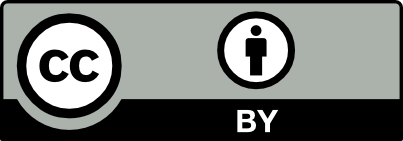| Name | Speichervolumen | Metadaten | Upload | Aktion |
|---|
Alternativer Identifier:
-
Ersteller/in:
Ziemke, Patrick [KIT]
Beitragende:
-
Titel:
Chirale elastische Metamaterialien: Grundlegende Mechanismen und deren Nutzung zur Strukturoptimierung
Weitere Titel:
(Alternative Title) Dissertation von Ziemke, Patrick
Beschreibung:
(Abstract)
Chiral metamaterials can translate purely translational motions into rotations. The strength of this coupling is quantified by the chiral response, which describes the angle by which a straight prismatic rod twists when subjected to a pure tensile or compressive load. The blocking torque describes h...
Schlagworte:
finite elements
chirality
mechanics
elasticity
metamaterial
chirality
mechanics
elasticity
metamaterial
Sprache:
-
Herausgeber/in:
KIT
Erstellungsjahr:
Fachgebiet:
Materials Science
Physics
Physics
Objekttyp:
Dataset
Datenquelle:
-
Verwendete Software:
Software für Datenerhebung
Software:
ABAQUS - 2018
ABAQUS - 2020
ABAQUS - 2022
ABAQUS - 2020
ABAQUS - 2022
Alternative Software:
-
Datenverarbeitung:
-
Erscheinungsjahr:
Rechteinhaber/in:
Patrick Ziemke (KIT)
Förderung:
Deutsche Forschungsgemeinschaft (DFG) - (3D Matter Made to Order (3DMM2O)) EXC 2082 - 390761711
Helmholtz-Gemeinschaft - (Virtual Materials Design (VirtMat))
Helmholtz-Gemeinschaft - (Virtual Materials Design (VirtMat))
Status:
Publiziert
Eingestellt von:
0f516153a244c30e613c6fc17455142c
Erstellt am:
Archivierungsdatum:
2022-09-06
Archivgröße:
51,3 GB
Archiversteller:
0f516153a244c30e613c6fc17455142c
Archiv-Prüfsumme:
ec99b1d1723c529ff3d91fceb4147a46
(MD5)
